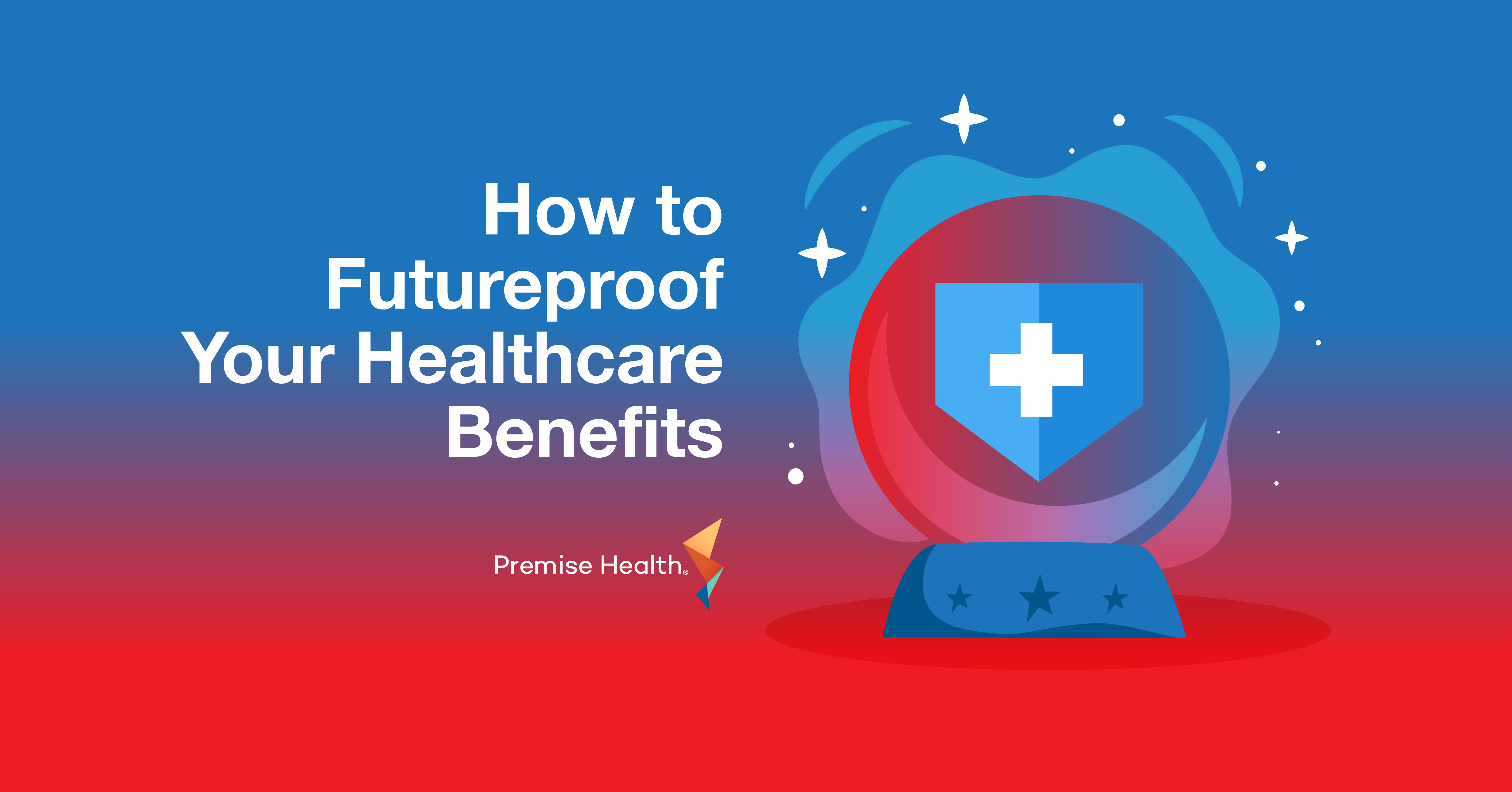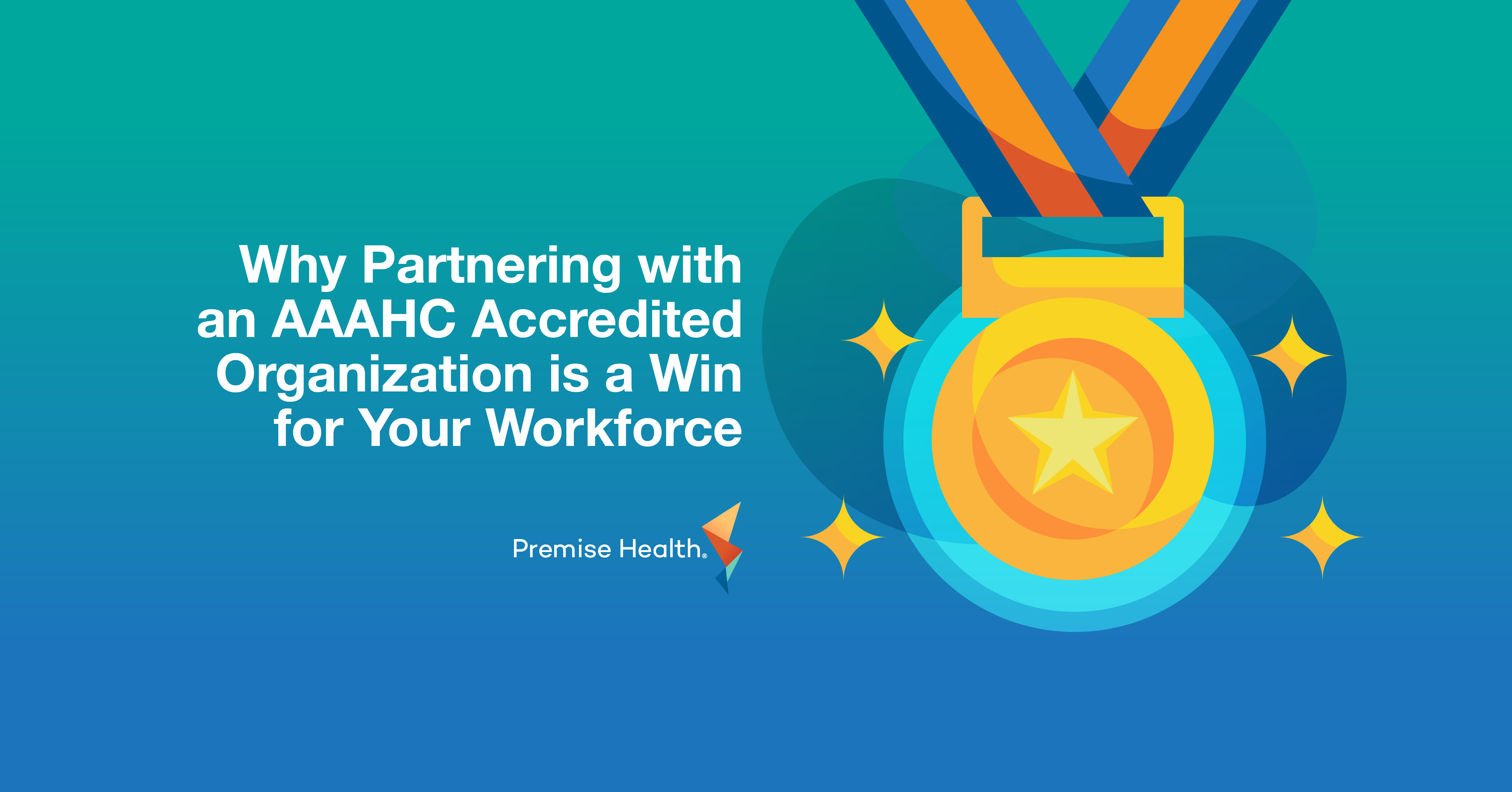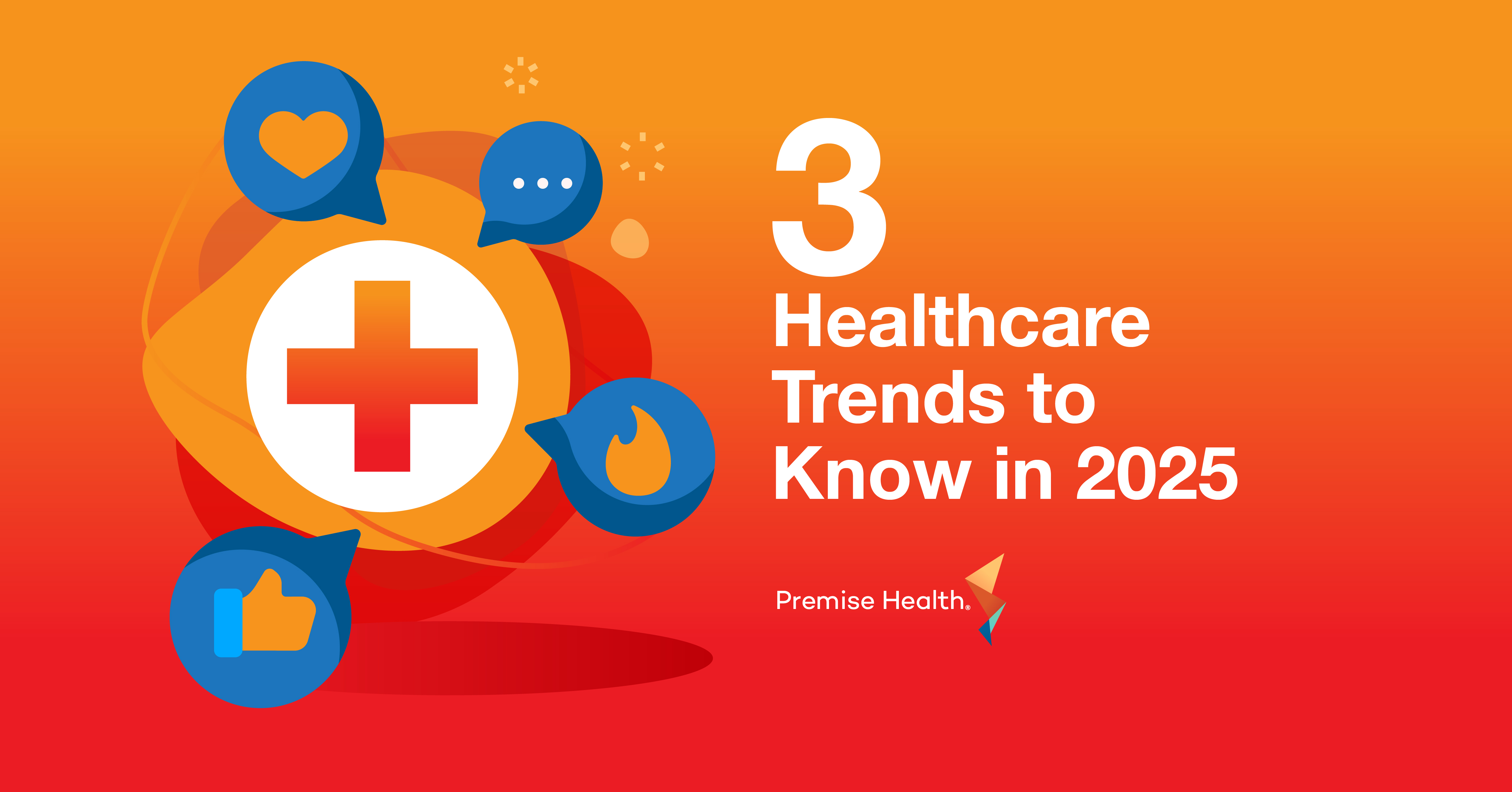The Evolution of Workplace Health and Safety in 2021 and Beyond
For over 50 years, Premise Health’s occupational health teams have been on the frontlines of health and safety in the workplace. During the COVID-19 pandemic our teams have provided comprehensive support to organizations navigating this new landscape and have learned a lot along the way.
Taking a moment to reflect on the past year, we sat down with our resident occupational health experts, Lara Stahl MSN, APRN, FNP-C, COHN-S, Premise Health director of clinical operations and member of the AAOHN Board of Trustees, and Maria Romano MSN, NP-C, Premise Health associate vice president of medical informatics and member of the American College of Occupational and Environmental Medicine.
Keep reading to get their perspective on lessons learned during the pandemic and the importance of a trusted occupational health partner to keep employees safe in 2021 and beyond.
How has workplace health and safety evolved for organizations in the past year?
Stahl: I think it’s important to recognize what happened last year in order to think about what the future is going to look like. When we discovered a highly contagious virus spreading through our community and our workplaces, most employers didn’t have the capability to screen or test employees that were coming onsite. Our priority to keep client workplaces safe in the presence of a pandemic posed a great challenge, especially since we didn’t have much knowledge about COVID-19 transmissibility and screening in the beginning.
Up until now, apart from medical surveillance and injury and illness management, occupational health centers weren’t recognized as a vital component to business continuity. This was a new opportunity for us to really step forward and be the subject matter experts on something that was new to us as well.
Premise Health pulled together a clinical leadership team to meet daily on the latest research and CDC guidance. We had to make critical decisions on what was safe and what was not to protect the workplace, workers, and our client’s bottom line. Our clients needed to focus on their jobs, and they didn’t have time to interpret the constantly changing updates from the CDC to ensure that workers were safe.
Within the span of just a few months we pivoted our long-term plan for local virtual health capabilities into a “need it yesterday” rollout. I’m still amazed at this accomplishment and how we were able to continue to provide healthcare virtually, even after our clients’ sites temporarily shut down or went completely remote.
Romano: If you can recall, when news of the pandemic was beginning to surface, there was an overwhelming amount of information (and misinformation) that needed to be reviewed with a clinical lens. Medical operations leaders quickly recognized that we were going to need a task force to review and disseminate facts and dispel myths.
As Lara mentioned above, our team of clinical subject matter experts meticulously sifted through the “news” and provided our clients with credible resources. This allowed for client executive leaders to make well-informed decisions related to employee health and safety.
Our ability to lean in and provide accurate clinical guidance was a fundamental part of our success in getting our clients and members through the COVID-19 pandemic. Organizations needed a reliable, well informed partner that knew exactly how to keep their employee populations safe while maintaining productivity.
What impact has COVID-19 had on occupational health and safety in industrial settings?
Romano: The focus on occupational health during the COVID-19 pandemic wasn’t a huge shift or “Aha!” moment for organizations in the industrial setting because Premise was already established as a subject matter expert and a trusted partner in health and safety. Our occupational health clients have relied on us for over 50 years; not only for our expertise in occupational medicine, but for our unsurpassed ability to maintain a perfect balance between clinical quality and operational needs.
With industrial clients, it was more about adapting to a learning curve and partnering with their onsite leaders to determine how they were going to manage COVID-19 while continuing to operate. I believe the biggest impact COVID-19 had in the industrial setting was the immediate need to rely upon virtual health to keep operations running, without putting others at risk.
It wasn’t just about injury and illness management- we had to get very creative. Everything from virtual medical surveillance to video musculoskeletal services was widely adopted by organizations in the industrial setting to keep their employees healthy without risking exposure during the height of the pandemic. Looking forward, we believe virtual visits will continue to be an important tool for engaging members in the occupational setting long after the pandemic is over.
Stahl: Our COVID-19 task force included national medical directors, public health physicians, certified occupational health nurse practitioners, and operations leaders. With an intense focus on preventing exposure to both our members and team members using the latest COVID-19 research on transmissibility, personal protective equipment (PPE), ventilation, and screening, we created a detailed risk mitigation plan.
The plan carefully considered client alignment and local prevalence of COVID-19 so that our wellness centers could operate safely. Activities that could aerosolize the virus like breath alcohol testing and spirometry were put on hold. We added portable HEPA filters to our clinical exam rooms while ensuring HVAC fresh air intake was optimized, reducing the circulation of viral particles in the air. All of this, along with screening both our team members and members for recent exposure, symptoms, and fever and spacing out appointments to allow for cleaning helped to keep the workplace safe.
With the introduction of vaccination, we have seen a major decrease in cases and have also learned that our mitigation plan has been very successful at preventing the spread of COVID-19. Most of our clinical operations have safely returned to pre-pandemic tempo with the right screening, PPE, and ventilation in place. This has been key in ensuring our client medical surveillance is on time and members are getting the care they need for both personal and work-related conditions.
How has workplace health and safety evolved for organizations in corporate settings?
Romano: We saw a seismic shift in need for occupational health in the corporate setting. In the past, office settings haven’t had a pressing need for occupational health experts but as soon as our clients realized COVID-19 would impact onsite operations, corporate organizations were asking their primary care providers for help with occupational health.
This required a significant shift towards collaboration in the historically siloed relationship between occupational and primary care medicine. Because Premise offers both products, our teams were able to interpret and communicate the nuances to client groups engaging with us for both occupational health and primary care.
As the return to the workplace evolves, immunizations or testing may be required to go into work, and having the support of a well-seasoned occupational health professional is vital as organizations make plans to reopen.
What should be top of mind for organizations when it comes to occupational health now and moving into a post COVID-19 world?
Romano: Thanks to the support of our leadership, I have been able to step away from the management of COVID-19 and focus on the aftermath of this pandemic, imagining what that looks like. My attention has primarily been directed towards our ability to address social determinants of health (SDoH) which looks at the conditions in which you work, live and play and how this affects your health. We know that SDoH can affect about 80% of health outcomes, both positively and negatively, which is why this is so important.
While addressing COVID-19 testing and vaccine hesitancy, we are also focused on identifying our most at-risk members who may have been adversely affected by the pandemic in what we historically considered “non-clinical ways” such as food insecurity, housing instability, financial resource strain, intimate partner violence and depression. We are working with these vulnerable populations, meeting them where they are in their health journey and providing them with life-changing resources.
If we take a moment to consider the impact of COVID-19 at its most basic core, it was a traumatic experience for many. People were terrified to leave their homes, let alone go into a wellness center. When I think about the future, we’re not only addressing the delayed care, we’re also asking meaningful questions to evaluate how members and their families are coping after the last 18 months. Not being afraid to have these deep conversations is the next step to addressing health disparities in a post-pandemic world.
Stahl: Our providers are trained to look at members through a holistic lens and the impact of COVID-19 on mental health across the country has been immense. Many “COVID-19 long-haulers” are unfortunately still dealing with symptoms like depression, anxiety, sleep disorders, headaches, and more.
We believe this is an opportunity for occupational health professionals to help members. This is why we developed a post-acute COVID-19 syndrome screening for anyone with a history of a positive COVID-19 test result. With a focus on lifestyle medicine, we assess physical and mental health, complications of COVID-19, and use our social determinants of health tool, Find Help with Premise, to make sure members get the resources they need to get, stay, and be well.
Many organizations are considering adding behavioral health services through our Digital Wellness Center, which offers appointment-based counseling for members nationwide. In addition, members can access 24/7 support from a registered nurse through our virtual occupational health offering for things like initial injury evaluation, treatment, and medically appropriate guidance when accidents happen on the job.
We believe that taking a broader approach to worker health and integrating primary care and behavioral health services is the key to reducing disability claims, lowering absenteeism, and delivering cost savings now and in the future.
Throughout the COVID-19 pandemic, Premise Health’s occupational health professionals have served as the experts guiding important decisions and providing organizations across the country with knowledge and experience they could lean on. With over 400 years of combined professional occupational health experience on our medical operations leadership team, Premise Health is leveraging historical knowledge to help organizations prepare for the unknown today and tomorrow. Now that reopening is on everyone’s minds, our providers will continue to be at the forefront of protecting member health and safety on and off the job.
Need help navigating the health and safety needs of your workplace? Contact us to learn more about how our occupational health professionals can help.
Next on industry insights.

How to Futureproof Your Healthcare Benefits
Read the Blog
Why Partnering with an AAAHC Accredited Organization is a Win for Your Workforce
Read the Blog